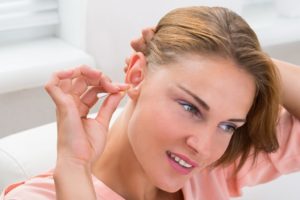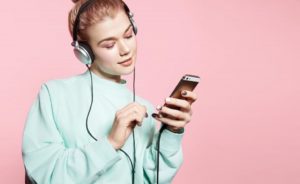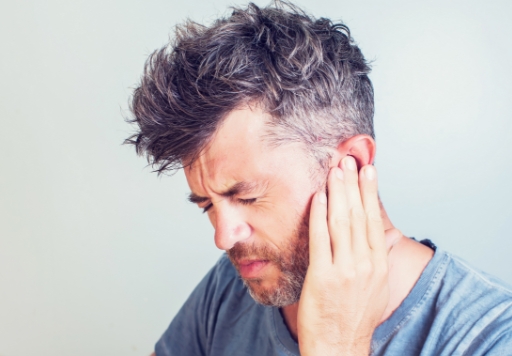As hearing instrument technology options increase in number, so do the applications for mobile devices.
There are a growing number of resources available for both audiologists and hearing aid wearers.
Here are a few of my favourites:
- Oticon Alta Diary: This is a method of recording how you are making out with your hearing devices in certain situations. For example, if you are in a restaurant, you can make notes about how well you are able to hear. In addition, you are prompted to provide answers to specific questions regarding the quality and comfort of the sound in each listening situation. I like this ap because it is convenient to enter this information on your smart-phone so you do not forget to let your audiologist know the specifics on how you are making out with your new hearing aids. The final report can be e-mailed to your audiologist before your next follow-up appointment.
- Starkey Hear Coach: Did you know you can improve your ability to hear speech in the presence of background noise with practice? This tool allows you to play a game where you select the word you think you heard within different levels of noise in the background. A second activity stimulates your auditory memory. It asks you recall the numbers you heard. This is a good challenge even for those of us with normal hearing!
- Resound Control: This ap is specifically for people who wear Resound hearing aids and have a Phoneclip+ accessory. The accessory itself allows them to hear their cell phone calls through their hearing aids wirelessly via bluetooth technology. The smartphone ap turns their cell phone into a remote control for their hearing aids.
- Starkey Lifestyle Solutions: This ap is wonderful for helping me and my clients determine what level of hearing aid technology is most appropriate for their lifestyle needs. People answer specific questions regarding where they spend their time. Those with busier and noisier lifestyles gain more benefit from more advanced hearing aid technology.
- BioAid: This is an ap which turns your mobile device into a hearing aid. Its developers at the University of Essex are currently testing this application and are asking people who try it to send them some feedback on what they think of it. You have to wear earphones to hear sounds around you and the microphone on your mobile device picks up these sounds. You can choose which type of sound you prefer (i.e., more or less base) but having a hearing test would certainly help guide you to which sound option might be best. I believe there are two potential benefits to this technology: (1) it allows people to experience what it might be like to use amplification to compensate for their hearing loss and (2) it could bring some hearing assistance to people who live in countries where cell phones are readily available but hearing health care is not.
- Starkey Soundpoint: This ap can be used in a hearing clinic to give the client some control over adjusting the sound of their hearing instruments. I see two situations where I would definitely consider using this: (1) for my clients who frequently listen to music. I can play music for them in my office and have them manually adjust the music program of their hearing aids simply by sliding their finger around the touch screen of my tablet; (2) For my clients who have ringing or buzzing in their ears (tinnitus), Starkey’s sound generator found in their newest line of hearing aids produces a static noise which helps train your brain to no longer focus on your tinnitus. I can let my clients change the sound of the noise to their own preference. This could be very helpful as it is difficult to predict what noise will be acceptable and/or most beneficial for each individual.
I believe mobile apps such as these will become more popular and readily available over time.
Overwhelmed with these options?
Ask your audiologist to guide you to the right choices for you . . . or simply tell your audiologist to keep things as simple as possible. Apps are not for everyone but I am glad they are there when the need arises.


















Comment faire
26 novembre, 2020
Hearing Aids and the Pandemic
One of the odd side effects of the Pandemic involves masks and their relationship with hearing aids. Both are fighting […]
By Eric McKeown
Comment faire
12 décembre, 2018
Micro-electronics Don’t Like The Cold!
Micro-electronics like cell phones and hearing devices really don’t like cold temperatures. If they’re exposed to cooler temperatures for too […]
By Nadia Tymczyszyn
Comment faire
26 avril, 2018
Potassium Helps Us Hear, So Let’s Go Bananas!
A cleverly titled article recently caught my attention. Catherine Heuzenroeder from ABC Australia recently posted an article called “Let’s Go […]
By Eric McKeown
Comment faire
21 juin, 2016
Our Youth Have Found A New Bad Habit
Our children’s ears are starting to ring and it’s not because their parents are talking about them. It seems as […]
By Eric McKeown